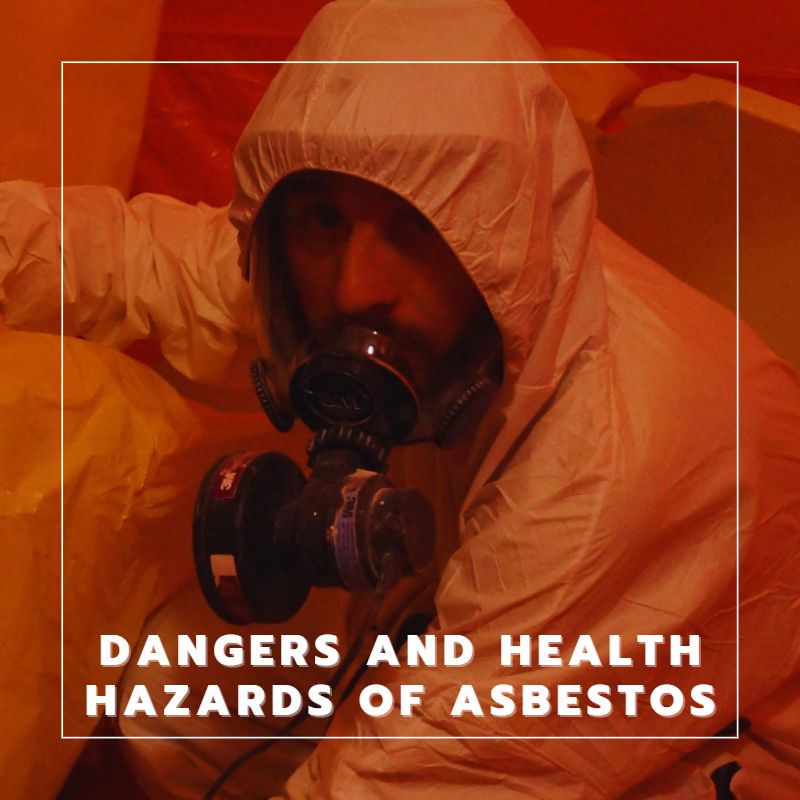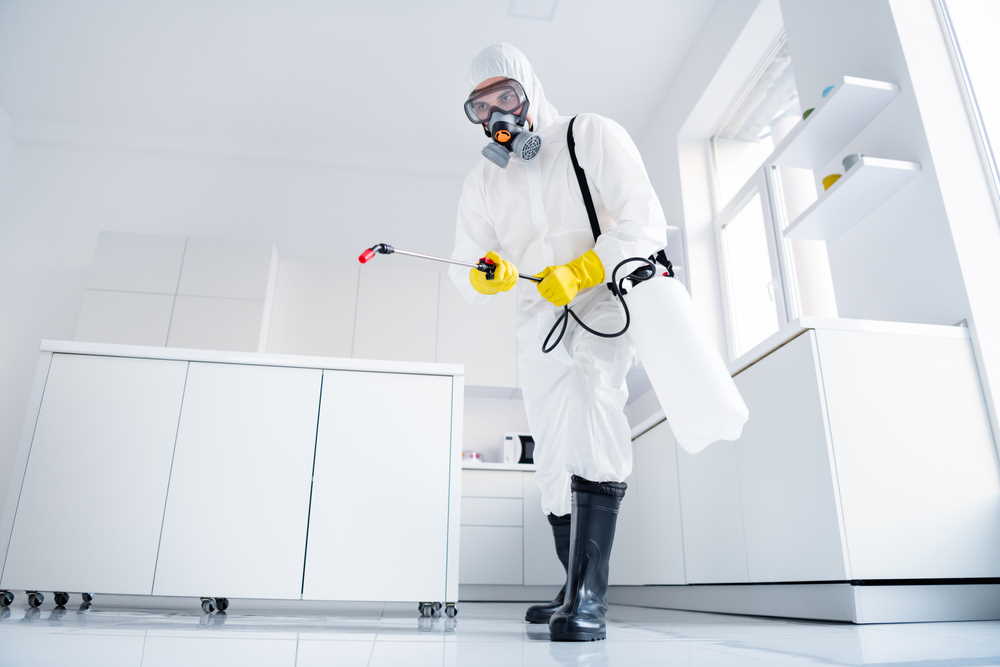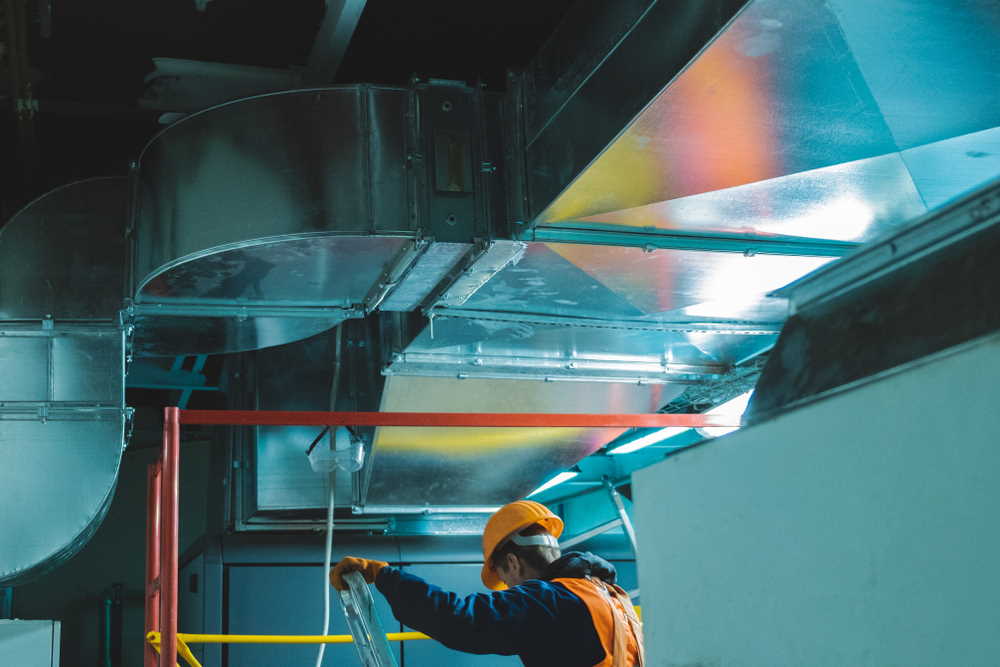Over the years we have shared a lot of information in regards to Asbestos and its potential impact on yourself, your family or your employees. As we just had Mesothelioma Awareness Day on September 26, 2021, we felt it was important to continue to post about this topic.
What is Asbestos?
Asbestos is a naturally occurring mineral composed of soft and flexible fibers that are resistant to heat, electricity and corrosion. These qualities make the mineral useful, but they also make asbestos exposure highly toxic.
Before 1990, asbestos was mainly used for insulating buildings and homes against cold weather and noise. It was also used for fireproofing and is a great bonding agent for plaster, cement board and drywall joint compound.
Industry, construction and commercial sectors have used, and, in some cases, continue to use, asbestos in products like:
- cement and plaster
- industrial furnaces and heating systems
- building insulation
- floor and ceiling tiles
- house siding
- car and truck brake pads
- vehicle transmission components, such as clutches
How Does Exposure Occur?
Asbestos exposure happens when microscopic asbestos fibers become airborne. The toxic mineral dust can remain in the air for hours, placing anyone nearby in danger of inhaling or ingesting it. In an ideal environment with little disturbances, it may take 48 to 72 hours for asbestos fibers to settle. If the dust is disturbed, it can easily become airborne again because it is so light.
When microscopic asbestos fibers are inhaled or swallowed, they can become trapped in the body’s respiratory or digestive tract. The body can get rid of some asbestos fibers, but many fibers become stuck permanently.
It is extremely important to avoid disturbing products that may contain asbestos. If you even slightly suspect there may be asbestos containing materials inside your home, contact a professional before completing any home renos or DIY’s.
Additionally, people who live near naturally occurring asbestos deposits should avoid disturbing soil that may be contaminated.
Asbestos Exposure Risks
There is no safe amount of exposure when it comes to asbestos, however it generally has its most negative effects when a person is exposed to an intense concentration of it, or they are exposed on a regular basis over a long period of time.
Cancers caused by asbestos exposure include:
- Mesothelioma: This is a rare and incurable cancer that develops in the lining of the lungs or abdomen.
- Lung Cancer: Asbestos-related lung cancer accounts for approximately 4% of all lung cancer cases.
- Ovarian Cancer: The International Agency for Research on Cancer confirmed that asbestos causes ovarian cancer in 2012.
- Laryngeal Cancer: In 2006, the National Institutes of Health confirmed that asbestos causes laryngeal cancer.
Noncancerous conditions caused by asbestos include:
- Asbestosis: Inflammation and scarring of lung tissue, which prevents the lungs from expanding and relaxing normally.
- Pleural plaques: Areas of fibrous thickening of the lining around the lungs — the most common sign of asbestos exposure.
- Pleural Effusion: Buildup of fluid around the lungs that causes difficulty breathing.
- Diffuse Pleural Thickening: Extensive scarring that thickens the pleural lining of the lungs, causing chest pain and breathing issues.
- Pleurisy: Severe inflammation of the pleural lining, also known as pleuritic pain.
- Atelectasis: Inflammation and scarring that cause the pleural lining to fold in on itself, causing the lungs to underinflate.
Professional asbestos abatement companies will safely remove the asbestos containing materials from your home or business without putting anyone at risk. They follow strict regulations and processes, and carry the right equipment for any abatement job, no matter how big or small. At Advanced Environmental, we will support you through all stages of development or maintenance. Contact us today to discuss your asbestos removal project.





